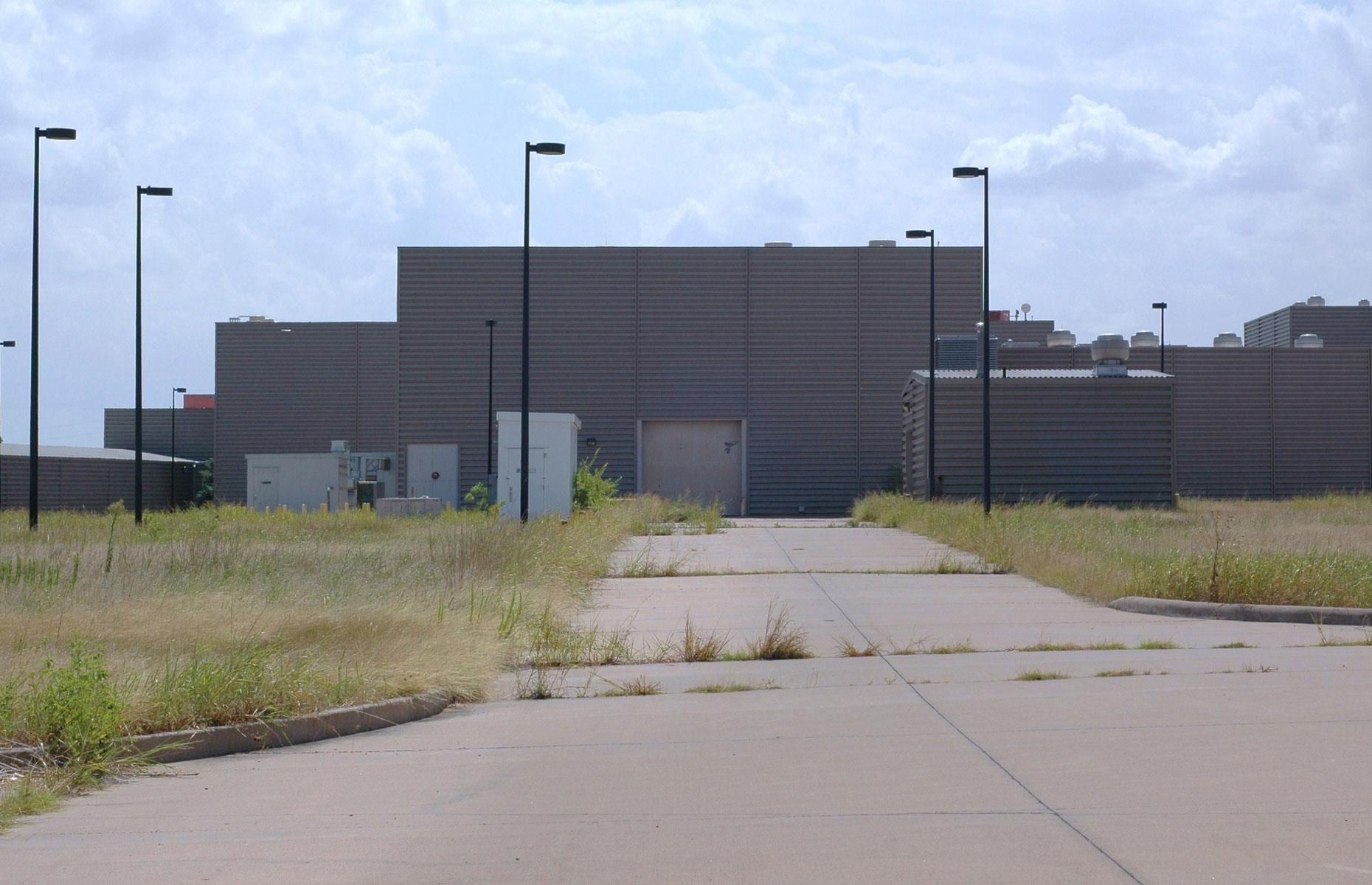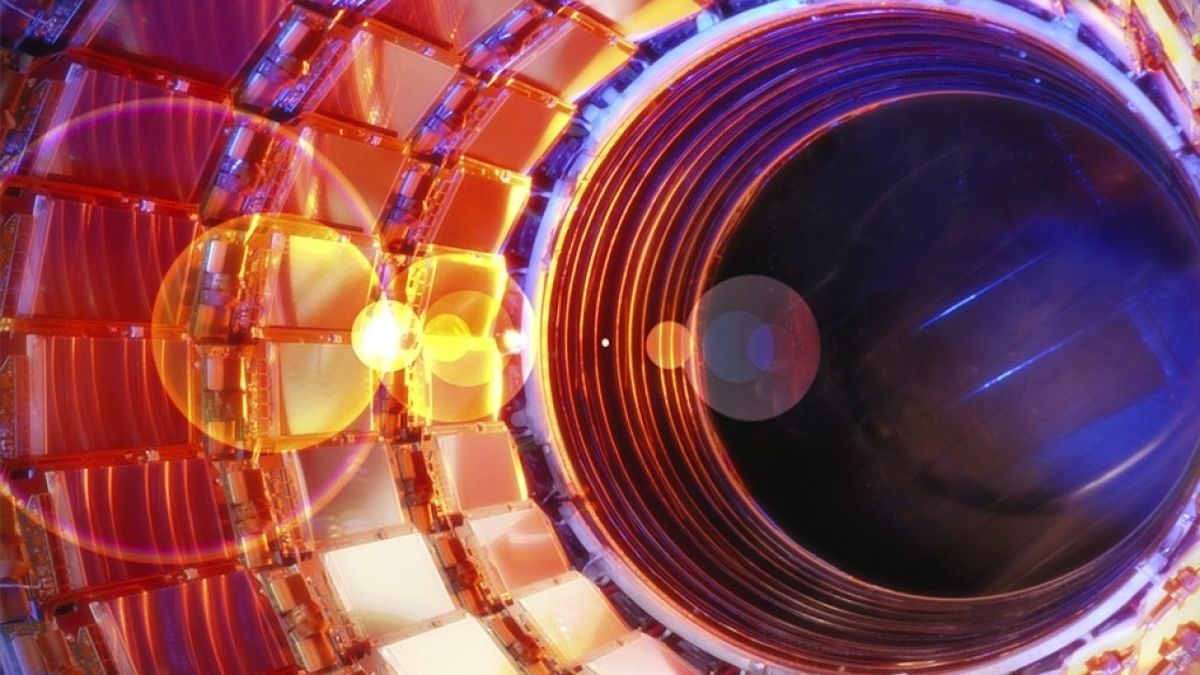
The particles are so tiny that the task of making them collide is akin to firing two needles 10 kilometres apart with such precision that they meet halfway.Īll the controls for the accelerator, its services and technical infrastructure are housed under one roof at the CERN Control Centre. Just prior to collision, another type of magnet is used to "squeeze" the particles closer together to increase the chances of collisions. These include 1232 dipole magnets, 15 metres in length, which bend the beams, and 392 quadrupole magnets, each 5–7 metres long, which focus the beams. Thousands of magnets of different varieties and sizes are used to direct the beams around the accelerator. Replacing one of the LHC's dipole magnets (Image: Maximilien Brice/CERN) For this reason, much of the accelerator is connected to a distribution system of liquid helium, which cools the magnets, as well as to other supply services. This requires chilling the magnets to ‑271.3☌ – a temperature colder than outer space. The electromagnets are built from coils of special electric cable that operates in a superconducting state, efficiently conducting electricity without resistance or loss of energy. They are guided around the accelerator ring by a strong magnetic field maintained by superconducting electromagnets. The beams travel in opposite directions in separate beam pipes – two tubes kept at ultrahigh vacuum. Inside the accelerator, two high-energy particle beams travel at close to the speed of light before they are made to collide.

The LHC consists of a 27-kilometre ring of superconducting magnets with a number of accelerating structures to boost the energy of the particles along the way. It first started up on 10 September 2008, and remains the latest addition to CERN’s accelerator complex.
SUPERCONDUCTING SUPERCOLLIDER GENERATOR
From there, the topics are grouped under the following categories: heat exchangers, heat transfer to liquid helium and nitrogen heat and mass transfer in He II refrigeration for MRI and other small systems cryopumps refrigeration for superconducting fusion, accelerator, and generator systems refrigeration more » and liquefaction magnetic refrigeration cryocoolers and refrigeration for space applications cryogenic applications in space science and technology storage and transfer of cryogenic fluids applications of liquid hydrogen air separation and liquid nitrogen plants the processing, transfer and storage of LNG properties of cryogenic fluids cryogenic instrumentation and data acquisition and miscellaneous cryogenic applications.The Large Hadron Collider (LHC) is the world’s largest and most powerful particle accelerator. The 151 included papers begin by discussing the applications of superconductivity in the following fields: the Superconducting Super Collider superconducting magnetic energy storage magnets for fusion and physics research test facilities cryogenic techniques acoustic emission testing and magnet stability. This volume comprises the proceedings of the 1985 Cryogenic Engineering Conference held August 12-16, 1985, in Cambridge, Massachusetts. Also discussed are design criteria for superconducting magnet stability, heat exchangers and heat transfer to liquid He and N, heat and mass transfer characteristics of He II, refrigeration techniques for magnetic resonance imaging and other small systems, refrigeration for liquefaction and for superconducting fusion as well as for accelerator and generator more » systems, magnetic refrigeration, cryocooling and refrigeration for space applications, the storage and transfer of cryogenic fluids, the properties of cryogenic liquids, and air liquefaction equipment.

The present conference on the applications of state-of-the-art cryogenic engineering technologies considers topics associated with the development status of the Superconducting SuperCollider, superconducting magnetic energy storage methods, large magnets for fusion and other physics researches, cryogenic hardware improvements, and phenomena and applications of superconducting magnet-employing acoustic emission test equipment.


 0 kommentar(er)
0 kommentar(er)
